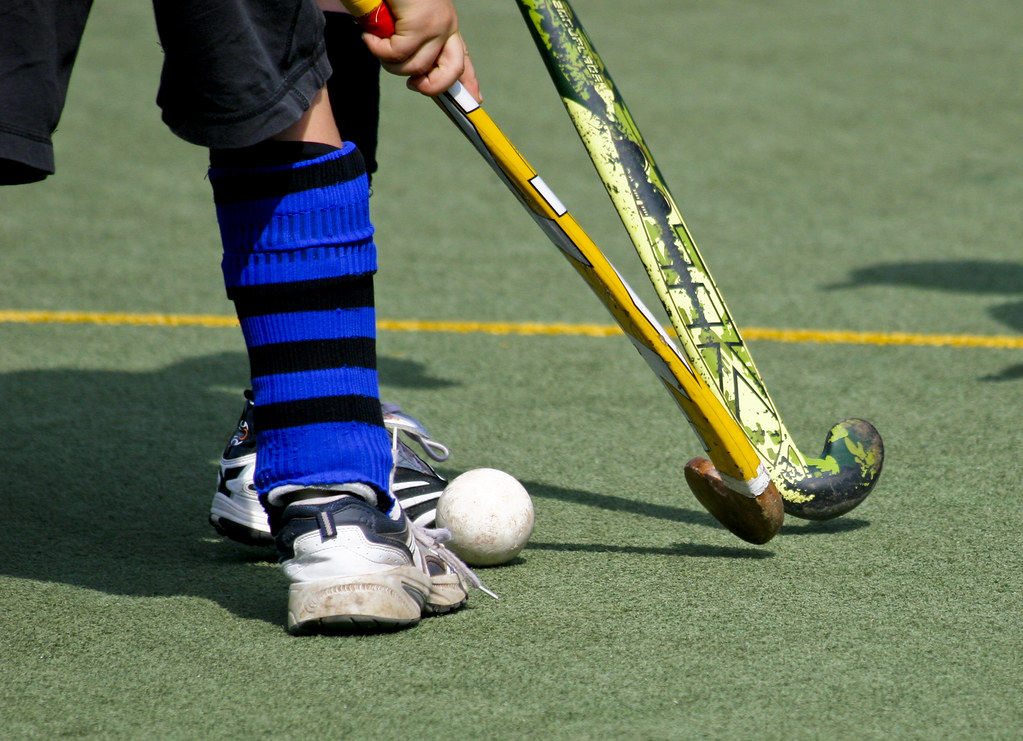Opinion: Jennifer Shiao’s School Committee Blog: The School Committee Failed To Discuss The Issue Of PFAS In Artificial Turf

Photo: Raul Lieberwirth / Flckr.com. (CC BY -NC-ND 2.0)
Editor’s note: . Jennifer Shiao is a member of the Amherst School Committee. Her original posts can be found here. An archive of her blog posts in The Indy can be found here.

One of the responsibilities of a School Committee member is to support committee decisions. This is true even if you yourself did not vote with the majority. The School Committee operates as a single body, and individual members have the responsibility to support the decisions that the body makes.
But what if you did vote with the majority, and after the fact you learned new information that changes your perspective on the decision? That is the position I find myself in.
At the February 15, 2022 meeting of the Regional School Committee, we discussed a report from Weston & Sampson, an engineering and design firm, about the options for repairing or replacing the Amherst Regional High School (ARHS) track and field. The options included resurfacing of the running track (“Option 1”), re-orienting the running track to a north-south orientation and using natural grass for the interior playing field (“Option 2”), and the same as Option 2 but using synthetic turf (“Option 3”). We were informed that Option 3 is the most expensive, and also the preferred option of the district.
Among the “Cons” of synthetic turf, the report stated “negative perception of environmental, human health risks, and injuries.” The report went on to note the following as “disadvantages” of synthetic turf:
- Synthetic turf has been known to be more abrasive than natural turf, resulting in more turf burns to a player’s skin.
- Synthetic turf has heat absorbing properties
- Some people may view synthetic turf as a potential risk to players and the environment.
Unfortunately, no committee members raised concerns about these issues, and they were never discussed. In addition, the fact that the blades of grass in synthetic turf are manufactured with chemicals called PFAS (per- and polyfluoroalkyl substances), man-made “forever” chemicals that do not occur naturally and do not break down, was not mentioned and therefore not discussed.
Just one week prior to this meeting, on February 8, 2022, the Nantucket School Committee held a 1.5 hour workshop on PFAS in turf fields, during which they brought in members of the scientific community to talk about the risks to human health and the environment of PFAS.
At the time, my one concern about artificial turf was whether it was a “green” or environmentally friendly option. At the February 15 meeting, I asked if we could be provided with information about how green each option is in terms of the construction costs, the manufacture of artificial turf, and the maintenance moving forward. Unfortunately, my question was never addressed at future meetings, and I never brought it up again, which I admit is a failure on my part to follow through on a concern.
One month later, on March 15, the School Committee voted 8-1 to approve borrowing $1.5 million for the ARHS track and field project . All of the debate around the vote was about funding the project, with zero discussion on the environmental or health and safety impacts of artificial turf. No one brought it up, so we never discussed it.
Looking back now, I regret not doing my own research about my questions. Had I done a simple Google search on “how green is artificial turf” I would have turned up a dozen articles about the risks of artificial turf, including a report from just one week prior that the Nantucket Public Schools had decided to put on hold the plans for its athletic complex, due to concerns about artificial turf.
Indeed, since that March 15 decision, more stories have arisen about MA school districts grappling with the issue of artificial turf (see also Martha’s Vineyard, Malden, Boston, and Franklin). Each of these cases is different, with unique variables and decision-making bodies. However, in each case the topic was discussed and debated in public before decisions were made (except maybe Boston where Mayor Michelle Wu directed that no new artificial turf fields be installed in the city of Boston).
My big regret here is that the Regional School Committee never discussed the issue. We didn’t consult experts with differing opinions nor hear from members of the public about their concerns about the environmental and health impacts of artificial turf, as they did in Nantucket.
I did not do my due diligence to learn more about the “cons” of artificial turf. At least one of my fellow members shares my regret about not having educated ourselves before making the decision, and at least one other member implied at the November 17 Regional School Committee meeting that she was knowledgeable on this issue before voting. Regardless, we never talked about it, and that is what I regret – that we did not discuss this matter as a group, so that together we could make an educated decision.
But now that I know more, I can’t in good conscience support a decision that was made without the benefit of a robust discussion on some very important issues regarding artificial turf. Ultimately, a School Committee member’s job is to do what is in the best interests of students and the school community; the responsibility to support committee decisions should not take precedence over this.
This blog reflects my own views about the Amherst and Amherst-Pelham Regional School Committees – it does not represent the view of the committees, the district, or the superintendent. This blog complies with Open Meeting Law, as long as a quorum of School Committee members do not engage in deliberations in the comments. Comments are welcome. I may respond to comments, but I will not respond to all comments. Sign up here using the “follow blog via email” form to be notified when I post a new entry. You can email me at jennifer@jenniferamherst.org.

How refreshing Jennifer! Putting aside the sad state that decisions regarding the health and safety of others (even in the, so called, enlightened and progressive community of Amherst) often seem made without serious study by those charged with knowing of which they speak/vote, I applaud you for owning up to that. Thank you for demonstrating that to err is human but to course correct is divine.
Thank you, Jennifer. The dedication, the thought, and the effort that goes into these decisions and deliberations is underappreciated. Please tell your boss that you should get a massive raise in pay.
This field is adjacent to (or perhaps lies above?) the Tan Brook: Is there any remedy before the Amherst Conservation Commission or the Massachusetts Department of Environmental Protection to reverse or at least “stay” this decision to use artificial turf so near to a (culverted, maybe perennial) stream?